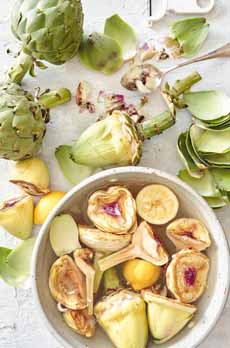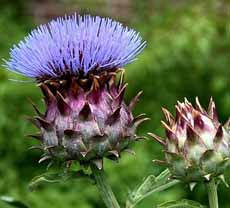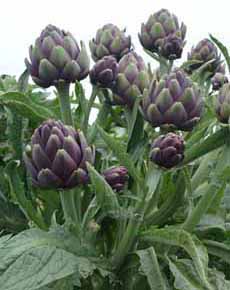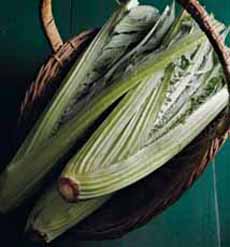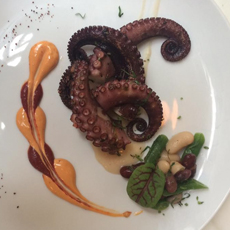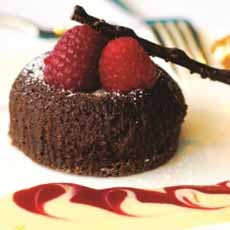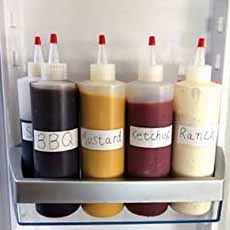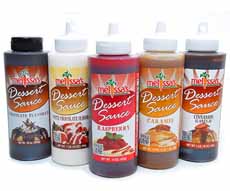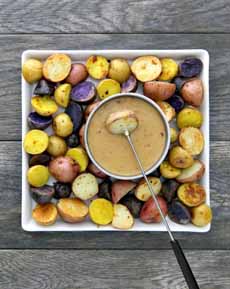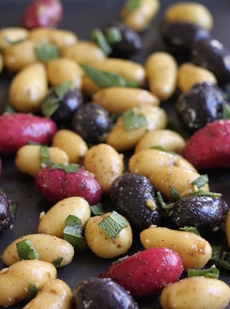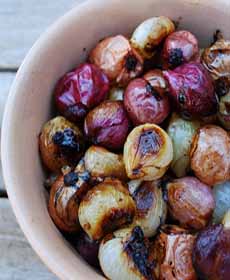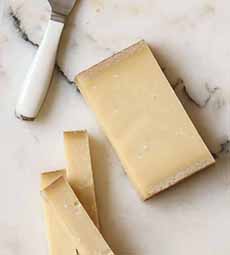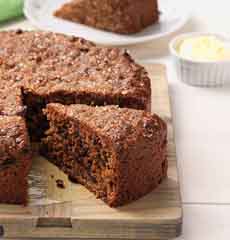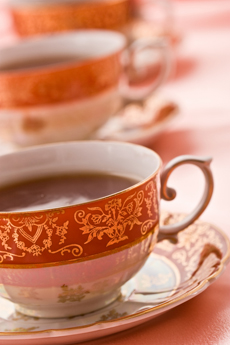|
March 16th is National Artichoke Hearts Day, but today, the first day of spring, we take on the whole fresh vegetable, a spring arrival.
The artichoke is actually a large flower bud. If left in the field, the fuzzy choke in the center becomes the blossom (photo #3), which is supported by the thick, spiny leaves.
The familiar globes are harvested prior to flowering (photo #4).
The outer leaves, heart, and stem of the artichoke are equally (and similarly) tasty. The toughest outer leaves and the choke (the light, fibrous section on top of the heart) are discarded.
A history of artichokes is below…
> As are more artichoke recipes.
RECIPE: STEAMED ARTICHOKES
Artichokes can be braised, fried, grilled, roasted, or stewed; but to cook a whole artichoke, the technique is to steam.
The process is actually very easy. All you need is a large pot and a steaming tray. Serve them as a first course, hot or cold, with your choice of dipping sauce.
Our pasta pot fits six large artichokes. We like them large, as you get more to eat with the same amount of effort.
While many retailers chop the stems off, we look for those with the longest stems. Surprise: The heart grows from the stem, and the stem tastes like the heart. Don’t throw them out: Enjoy them!
Some people peel the stems first, as they do with asparagus. We find that most do just fine with some extra steaming. As a hedge, you can cut the stems and steam them separately, in case they need some extra time in the pot.
Finally, artichokes have traditionally been served with the melted butter (with hot artichokes) and aïoli or vinaigrette (hot or cold artichokes), we find that most steamed vegetables are delicious without anything else.
A large artichoke (162g, 5.7 ounces) has just 76 calories.
Ingredients
Whole artichokes
Fresh lemon juice, plus wedges for serving as desired
Optional garnish: snipped parsley or other herb to scatter on plate
For dipping: aïoli (garlic mayonnaise), melted butter or vinaigrette
Preparation
1. PEEL off some of the tougher outer leaves. While some people undertake a severe removal, we recommend steaming more leaves rather than fewer. Steam the artichokes until you can easily pull off one of the outer leaves, and taste it. If it’s soft enough to scrape off with your teeth, you get more artichoke!
2. With scissors, snip off the thorny ends of the leaves. This is the most time-consuming part of the preparation. (Our colleague Ruth, the consummate crafter, uses pinking shears.) With a sharp knife, cut the off top center of the globe—the small, thorny leaves that are inside the large ones.
3. CLEAN by placing the globes upside-down in a large bowl of water with the lemon juice (to prevent browning until you’re ready to cook them). Parsley stems also prevent artichokes from browning (another reason to save those stems in the freezer). You do this part in advance. When ready to steam…
4. FILL the pot with water up to the bottom of the steamer basket, and add a tablespoon of salt. Place the artichokes in the stem side up. This enables the steam to get into the interior leaves, and allows you to test for doneness.
5. COVER the pot and bring it to a boil. Steam until the heart (the bottom of the artichoke where it connects to the stem) is tender when pierced with the tip of a paring knife, and inner leaves pull out easily, 25 to 35 minutes. Check in the latter half of steaming and add more water to the pot as necessary.
6. SERVE hot or cold with a ramekin of melted butter or vinaigrette and a lemon wedge. Garnish with fresh herbs as desired.
If the bottoms of the globe are level (i.e., no protruding stem), you can stand them up on a plate for presentation. Otherwise, present them on their side.
A BRIEF ARTICHOKE HISTORY
Artichokes are members of the thistle family native to the Mediterranean region, that are cultivated as food.
They were bred from their lesser-known cousin, the cardoon (photo #5). The familiar globe artichoke, Cynara cardunculus var. scolymus, is a variation of Cynara cardunculus, the cardoon.
Cynara is a genus of thistle-like perennial plants in the sunflower family. Cardoons are long, edible stalks that are similar in flavor to the artichoke stalks. The tops and flowers are also very similar. The difference is that the artichoke has an edible heart within the leaves on top.
Artichokes were first cultivated thousands of years ago in Maghreb, the region of North Africa west of Egypt, where they still grow wild. They spread throughout the Mediterranean.
|
